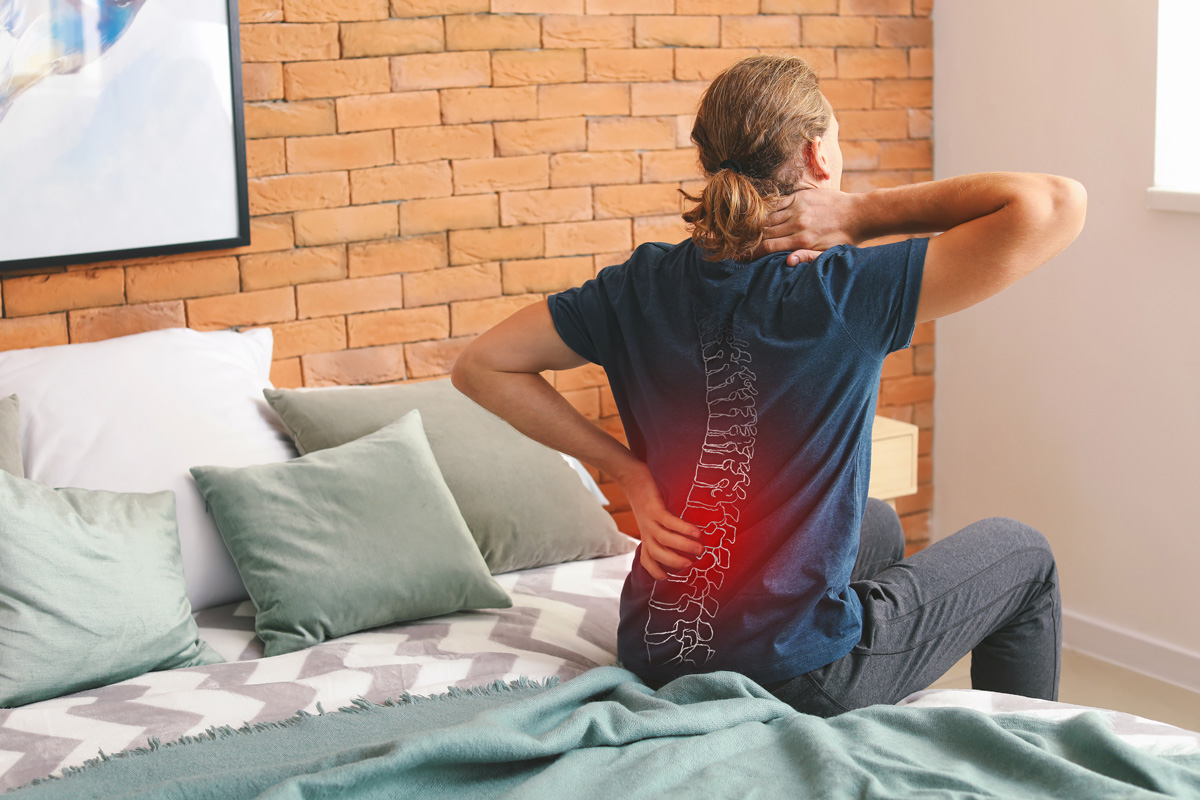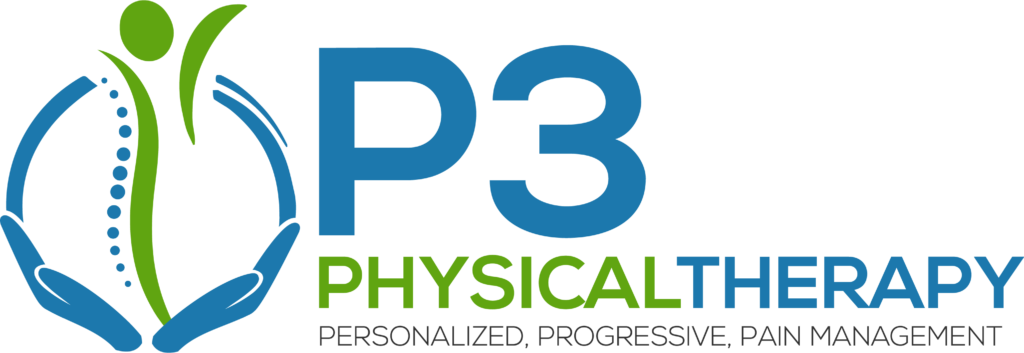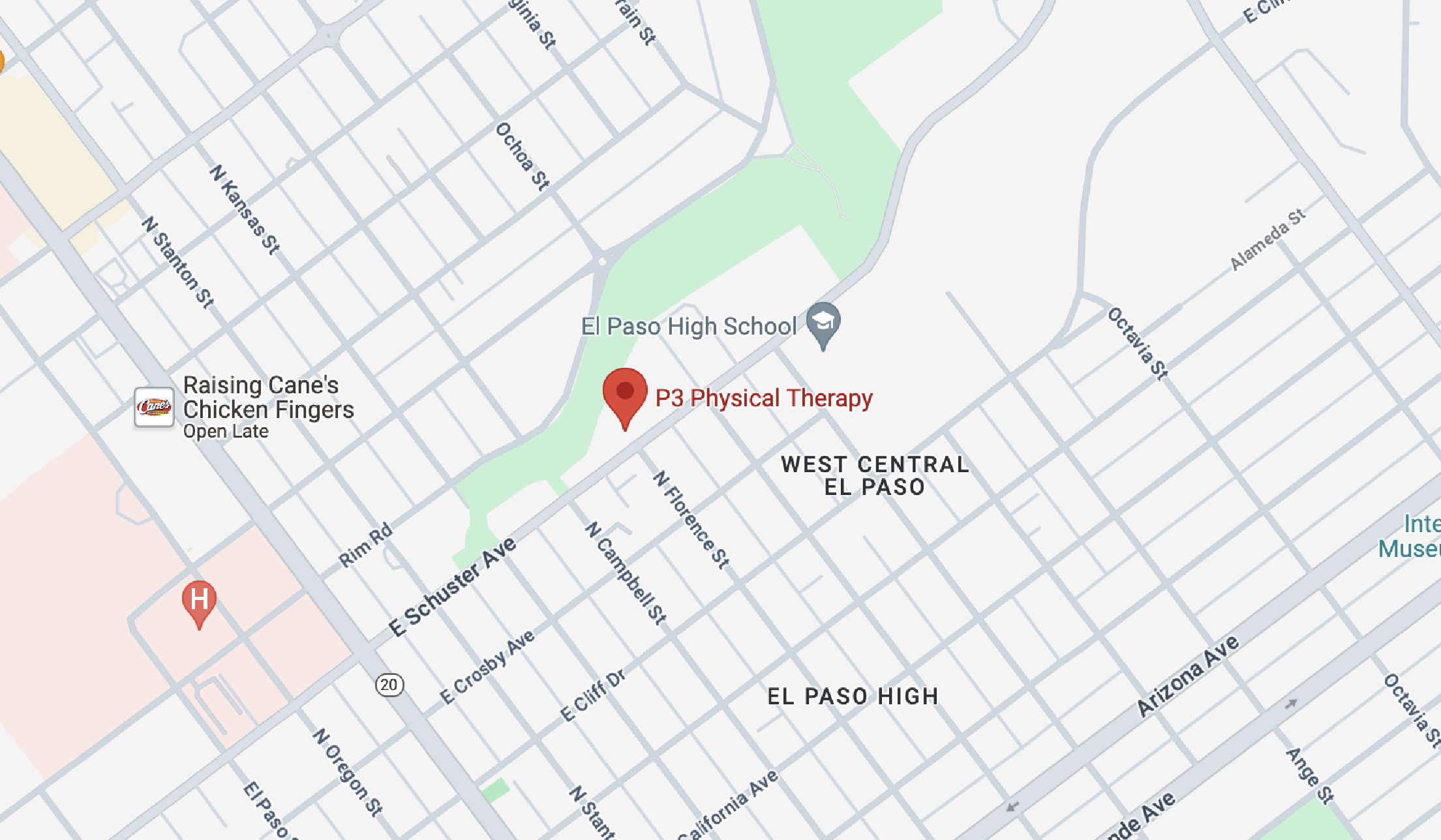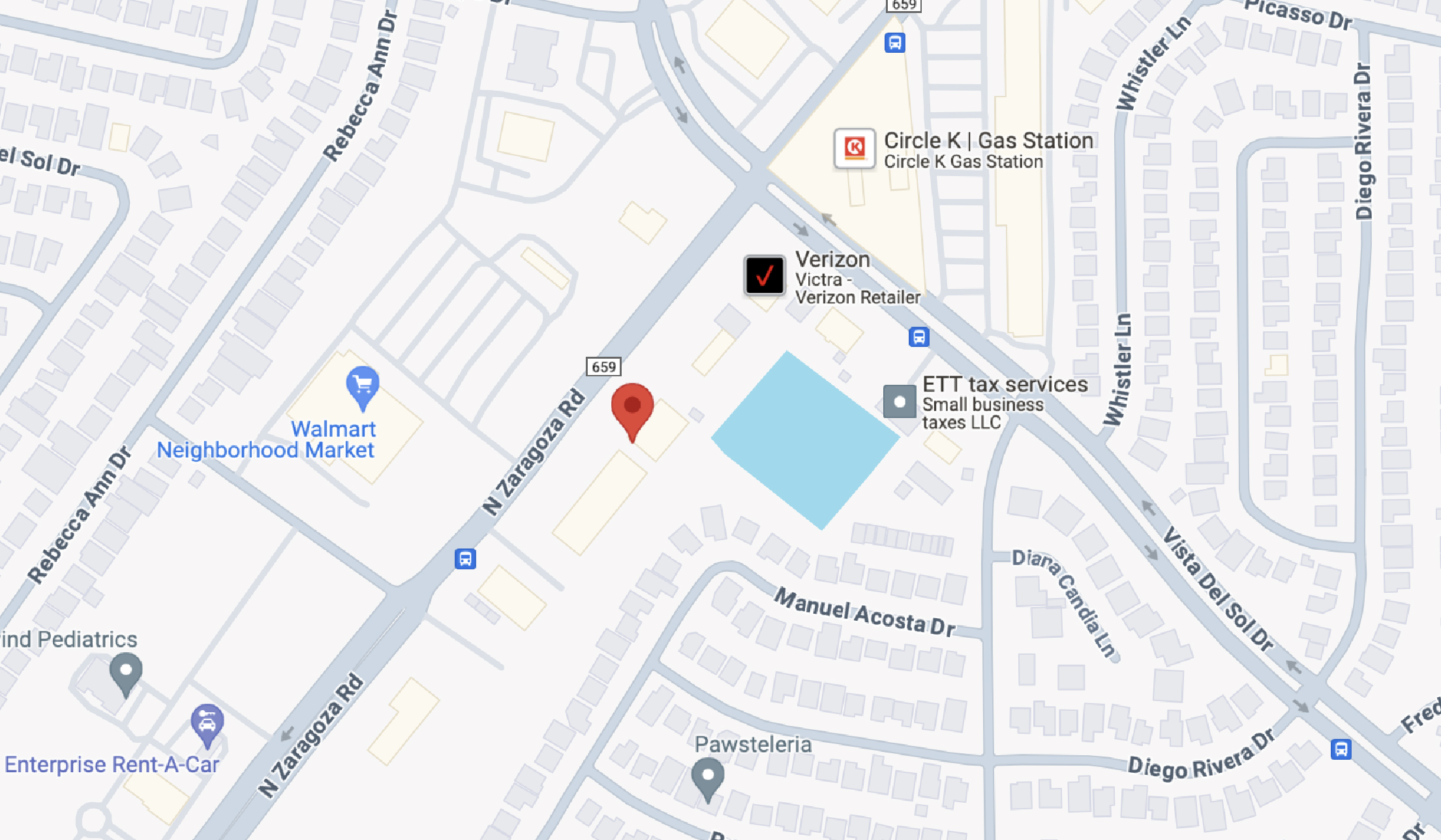 It is estimated that over 20% of American adults suffer from some form of chronic pain, and 15% suffer from hypersensitive nerves. Physical rehabilitation can offer solutions that make living with these conditions manageable.
It is estimated that over 20% of American adults suffer from some form of chronic pain, and 15% suffer from hypersensitive nerves. Physical rehabilitation can offer solutions that make living with these conditions manageable.
At P3 Physical Therapy in El Paso, we use physical therapy methods as well as education to help patients understand the mechanics of the nervous system and lead healthier, happier lives. Contact us online or call (915) 444-5200 to learn more about our services.
What are Hypersensitive Nerves?
Hypersensitive nerves are usually caused by an injury or disease that affects the nervous system. Symptoms of hypersensitive nerves can include sudden sharp pains, extreme sensitivity to touch or cold, and pain from small things that would normally not hurt a person without hypersensitive nerves, such as brushing your skin against something soft.
What is Chronic Pain?
Chronic pain is pain in any part of your body that persists for months or even years. Chronic pain can result from an injury or illness that you have otherwise recovered from. Some of the most common types of chronic pain are lower back pain, arthritis, and persistent headaches or migraines.
The Goal of Physical Rehabilitation
If you’re experiencing chronic pain or hypersensitive nerves, physical rehabilitation can help diagnose and treat the root of the cause. By using physical therapy techniques and exercises, a professional therapist can assist a patient by developing a tailored plan that addresses the issue. This can include focusing on mobility, dietary, behavioral, and medicinal requirements.
Common Physical Rehabilitation Techniques
With chronic pain and hypersensitive nerves affecting so many individuals, treatment plans are different. However, some common physical rehabilitation techniques used to alleviate pain and improve flexibility and mobility are:
Dry Needling
Dry needling is one of the main and most effective techniques in treating conditions such as chronic pain and hypersensitive nerves. A thin, monofilament needle is used to manipulate trigger points, which can cause pain, tenderness and disrupt overall muscle function. The number of sessions an individual will need will depend on their specific needs and condition.
Strengthening Exercises
The main goal of physical therapy is to strengthen the body and its muscles so they can become stronger, thus, more resistant to future injuries. Strengthening exercises may begin with utilizing your body’s weight but can also introduce light-weighted equipment like resistance bands or dumbbells to help build muscle. A personalized plan will be recommended to you by your doctor.
Aerobic Exercises
Your physical therapist may recommend 30 minutes of aerobic exercises a day to get your muscles working regularly, work on coordination, and increase your heart rate. This can include walking, low-impact cardio exercises, swimming, or stationary cycling.
Manual Stretching
Manual stretching is a great way to relieve tension and stress in your muscles. It is especially important to implement before or after participating in other workouts like strengthening, range of motion, and balance. With chronic pain being common in the arms, legs, and lower back, stretches in these areas are essential.
Balance and Coordination Activities
As nerve damage can greatly alter an individual’s balance and coordination skills, it’s important to begin rebuilding these skills while undergoing physical rehabilitation. If you’re struggling with balance and coordination, your muscles may be too stiff or weak, making you vulnerable to falls and similar injuries.
Range of Motion Exercises
Like balance and coordination, a limited range of motion can offer insight into the severity of a patient’s nerve damage. By focusing on exercises like single leg and calf raises, range of motion activities can also help track the progression of your recovery.
Pain Science Education
Learning about chronic pain and understanding the basis for chronic pain is the first step towards rehabilitation.
Get a Tailored Nerve Damage Treatment Plan in El Paso
If you’re struggling with chronic pain and hypersensitive nerves, you have options that will get you back on track to living a quality and fulfilling life. At P3 Physical Therapy, we provide patients with the necessary tools to help manage and understand their pain. Contact us online or call (915) 444-5200 to schedule your next appointment today!


